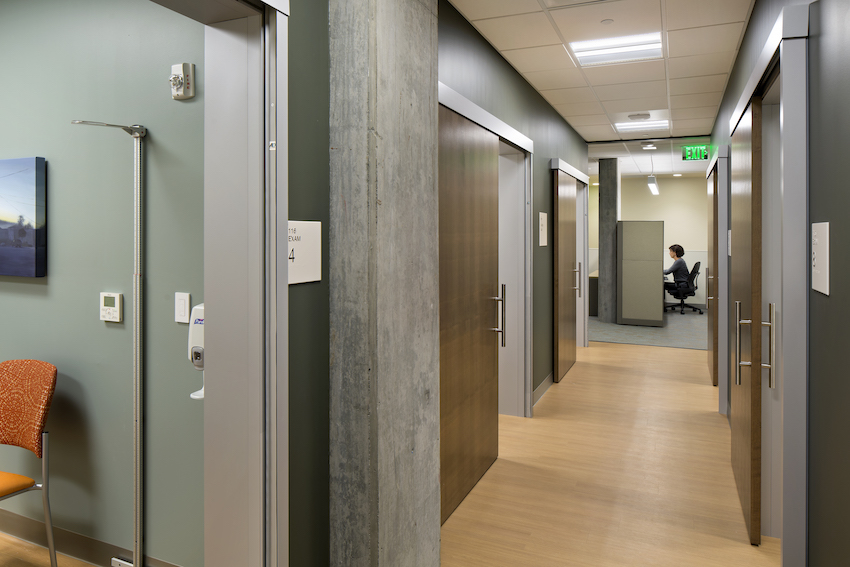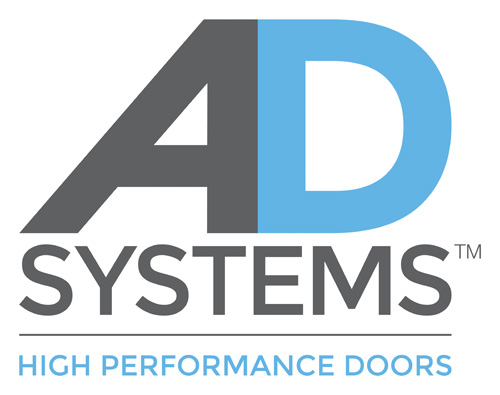Safe, Stylish & Accessible: Solving Design Challenges with Interior Sliding Door Systems
Learning Objectives:
- Analyze how interior sliding door systems have progressed over the last two decades.
- Describe the main innovations in interior sliding door systems, and their role in providing privacy, accessibility and fire and life safety.
- Receive current information on how the latest privacy laws and standards, ADA door guidelines and fire-rated requirements impact design.
- Illustrate solutions to common fire-safety, daylighting and occupant accessibility challenges.
Credits:
This course is approved as a Structured Course
This course can be self-reported to the AANB, as per their CE Guidelines
Approved for structured learning
Approved for Core Learning
This course can be self-reported to the NLAA
Course may qualify for Learning Hours with NWTAA
Course eligible for OAA Learning Hours
This course is approved as a core course
This course can be self-reported for Learning Units to the Architectural Institute of British Columbia
In this course, you’ll learn how next generation interior sliding doors are emerging as an ideal solution for a range of commercial spaces with their ability to attenuate sound, improve space efficiency, defend against fire and visually complement today’s modern interiors. Take a look at the ways in which the latest innovations are changing the future of interior commercial sliding doors from both safety and aesthetic standpoints. In addition, gain an understanding of how to solve common wayfinding and accessibility challenges in restrooms, healthcare facilities and more without compromising aesthetics.


|
Tysen Gannon, LEED AP, is director of business development for AD Systems. She has more than 15 years of experience in the architectural products industry, including roles in sales, product management, research and marketing, with a focus on glass and glazing, fenestration and façade systems |













